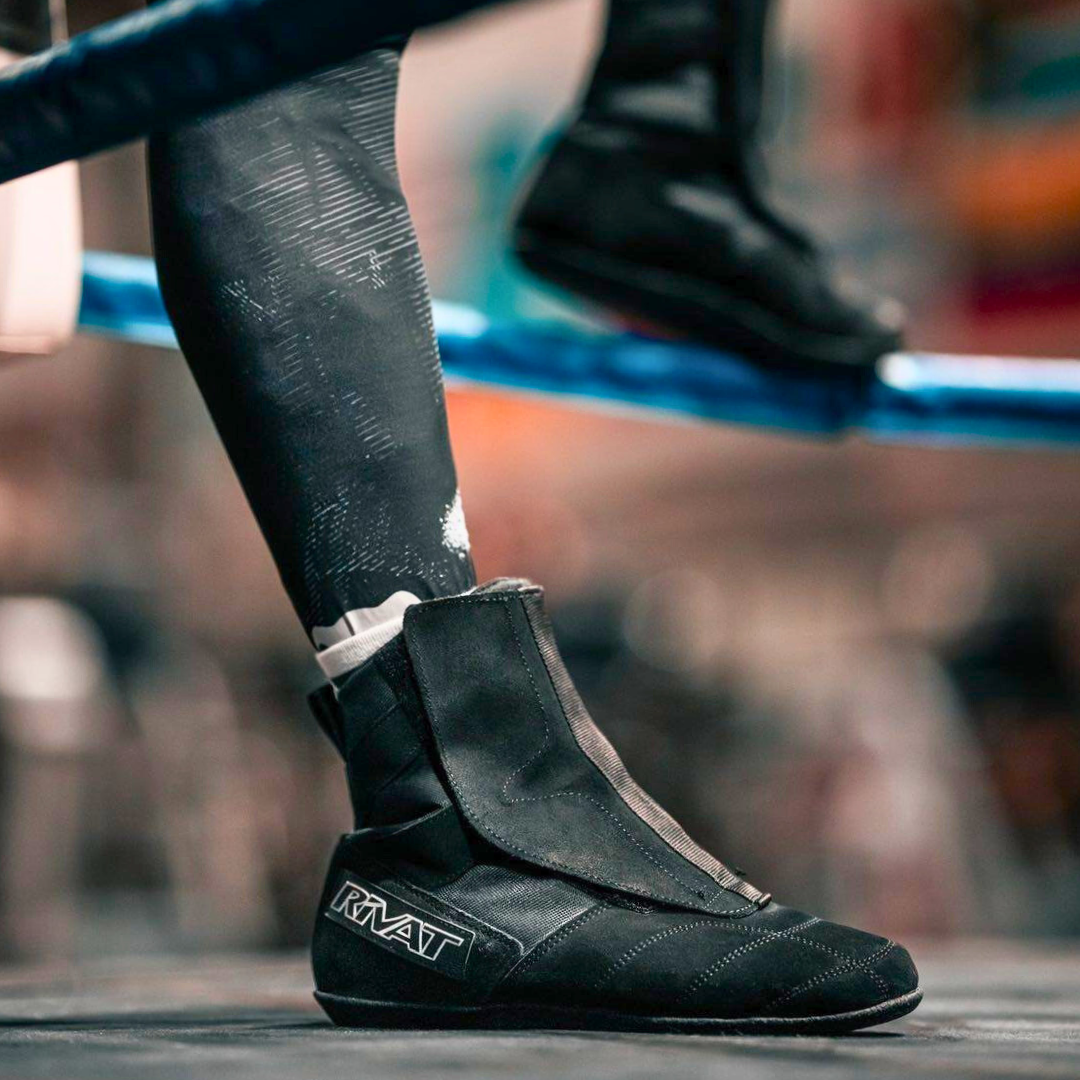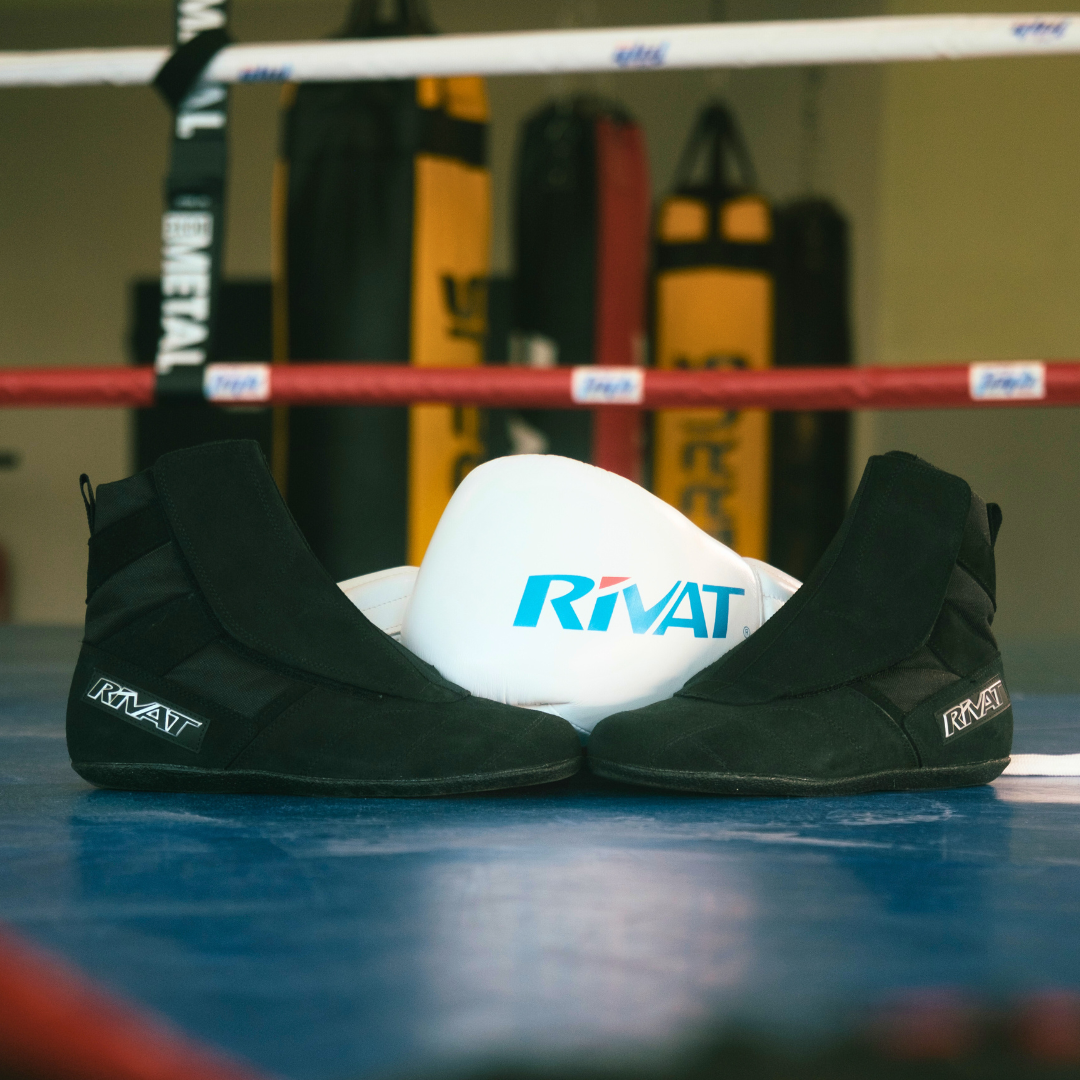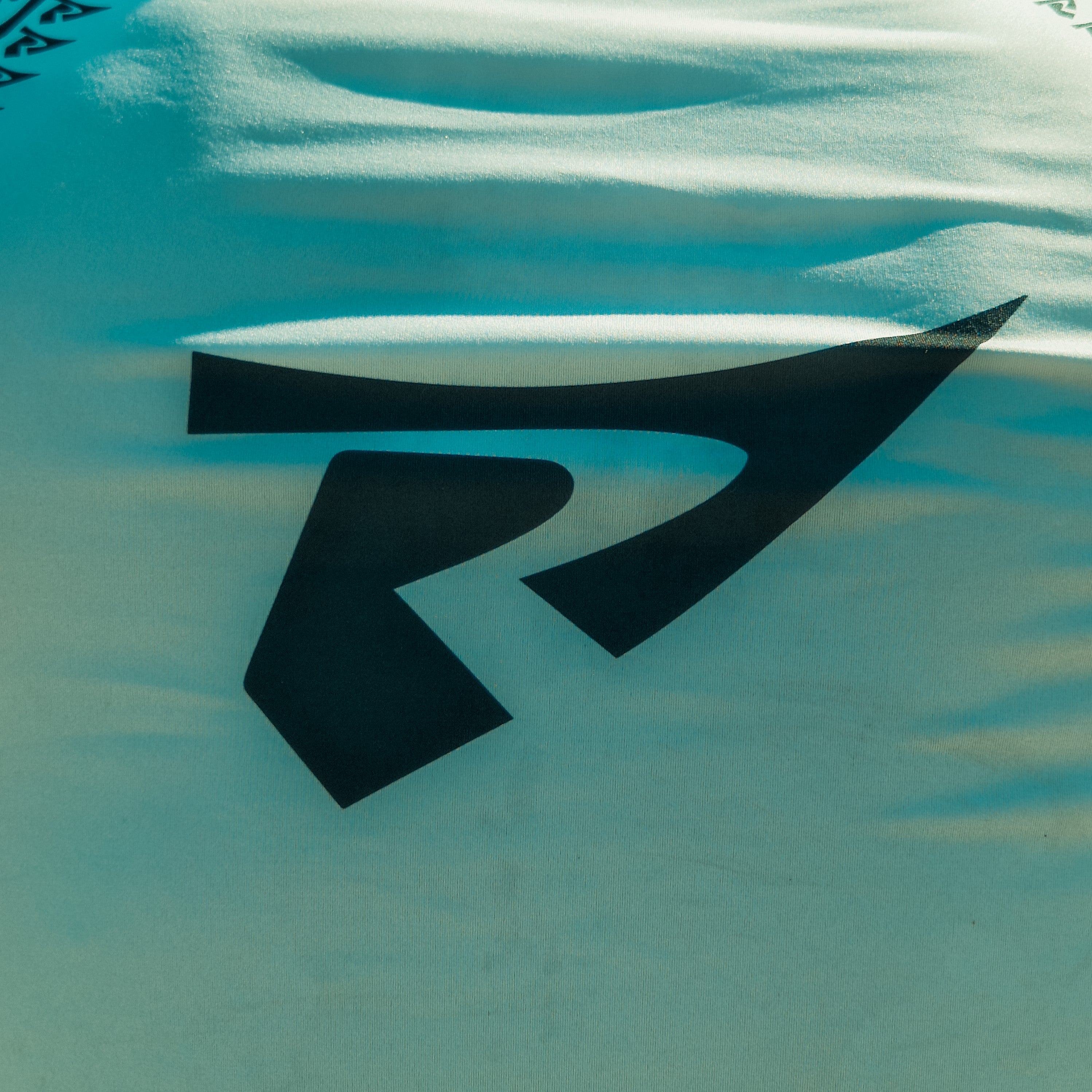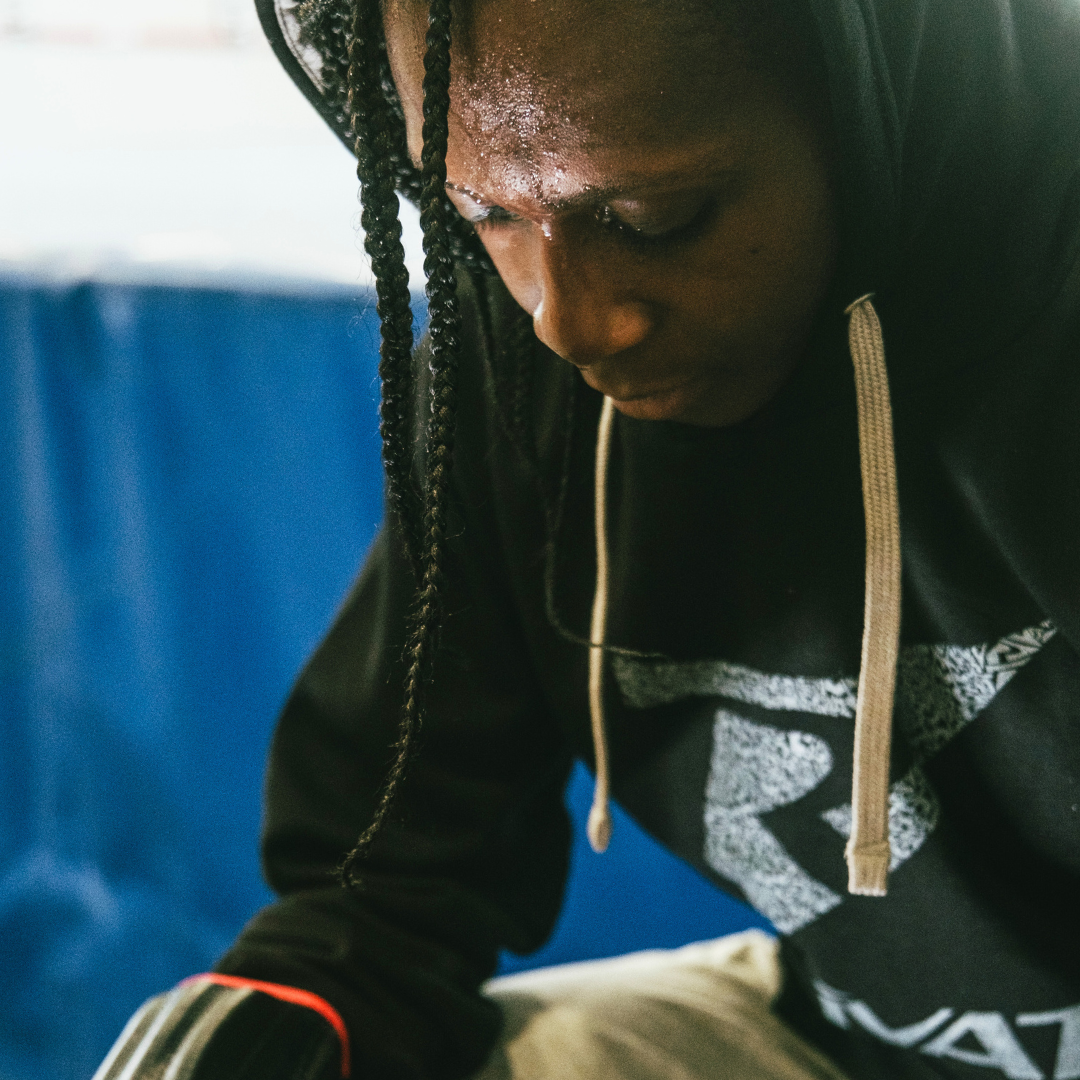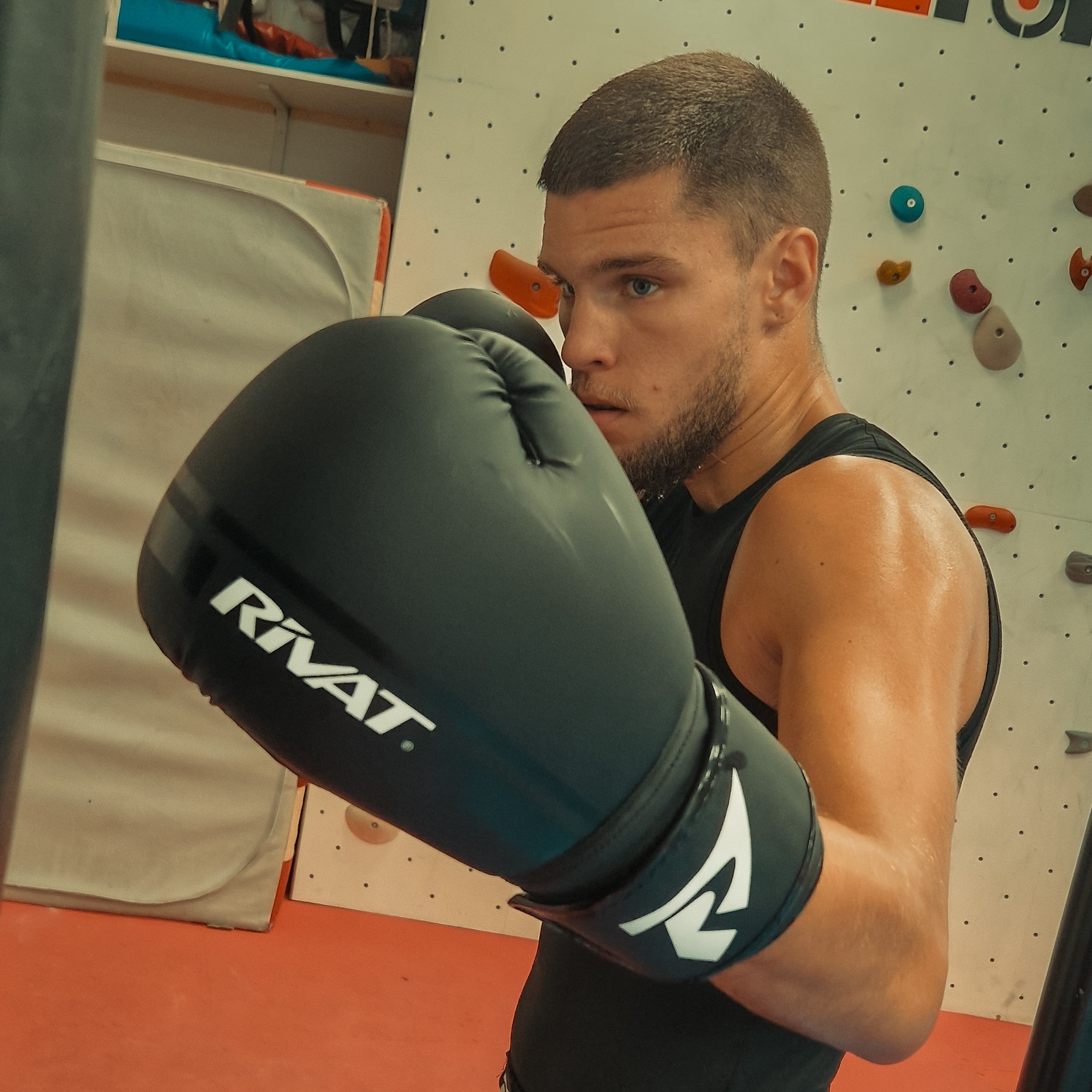1. The Basics of Blocking in French Boxing
1.1. Types of Blocking
In French boxing, there are several blocking techniques, each adapted to different types of blows:
- Straight Punch Block : Use the forearm to absorb the impact of straight punches.
- Hook Blocking : Use the side of the glove or forearm to deflect hooks.
- Blocking the Uppercut : Blocking often involves a hand and elbow movement to protect the chin.
1.2. Guard Position
Effective guarding is the key to good blocking:
- Feet : Stand with your feet shoulder-width apart for stability.
- Hands : Keep gloves up, with elbows slightly bent to protect face and torso.
- Shoulders : The shoulders should be slightly raised to add a layer of protection.
2. Advanced Blocking Techniques
2.1. Direct Blocking
The direct is often the opponent's main attack:
- Technique : Use your forearm to deflect the blow while maintaining a stable position. Make sure your arm is angled slightly inward to avoid a direct impact.
- Tip : Avoid using just your arm; engage your shoulder as well for added protection.
2.2. Hook Lock
Hooks are powerful blows that require a quick response:
- Technique : Place the side of your glove or forearm to deflect the blow using a wrist rotation. The elbow should be bent and pointing downward to better absorb the shock.
- Tip : Tilt your head slightly toward the blocking shoulder to reduce the impact.
2.3. Blocking the Uppercut
The uppercut generally attacks from bottom to top:
- Technique : Use the hand and elbow to block the blow by directing the arm upwards and pushing the elbow outwards. The movement must be quick to intercept the blow before it lands.
- Tip : Be careful not to expose your own chin by keeping your elbow too open.
3. Exercises to Improve Your Blocking Techniques
3.1. Shadow Boxing
Shadow boxing is useful for practicing blocking movements solo:
- Objective : Practice blocking techniques against imaginary blows. Focus on precision and fluidity of movements.
- Tip : Incorporate blocking combinations with counterattacks to strengthen your reaction.
3.2. Work on Punching Glove
Use a punching glove to simulate real attacks:
- Technique : Work with a partner to throw punches for you to block. Focus on speed and accuracy of blocking.
- Tip : Vary angles and types of punches to develop your ability to block different types of attacks.
3.3. Training with a Partner
Working in pairs is essential to simulate combat situations:
- Drills : Perform drills where your partner attacks with various punches and you have to block effectively.
- Feedback : Receive feedback on your blocking technique to adjust and improve your execution.
4. Common Mistakes to Avoid
4.1. Bad Hand Position
Incorrect hand position can reduce the effectiveness of the block:
- Mistake : Keeping your hands too low or misaligned with the attack.
- Correction : Make sure your hands are positioned correctly to cover vulnerable areas and adjust them according to your opponent's shots.
4.2. Rigid Locking
Too rigid a blockage can lead to injuries and loss of balance:
- Mistake : Blocking using only rigid movements without flexibility.
- Correction : Adopt a more fluid and flexible approach, using joints and adapting your blocking depending on the attack.
4.3. Absence of Counter-Attack
Effective blocking is not enough without an adequate response:
- Mistake : Blocking without counterattacking.
- Fix : Integrate counterattacks after a block to capitalize on openings created by the opponent's attack.
5. Strategies for Integrating Blocking Techniques into Combat
5.1. Mental Preparation
Good mental preparation is essential to react effectively:
- Objective : Develop anticipation to identify the opponent's attacks and adjust your blocking accordingly.
- Tip : Practice staying focused and calm under pressure so you can react appropriately.
5.2. Combinations and Fluidity
Integrating blockages into combinations is crucial:
- Drill : Practice punch combinations where blocking is incorporated to create a fluid response to attacks.
- Tip : Work on the transition between blocking and attacks to maintain a fast and efficient fighting rhythm.
Conclusion
Perfecting your blocking techniques in French boxing requires practice, precision, and a good understanding of the movements. By following the tips and exercises described in this article, you can improve your defense, reduce the risk of injury, and maximize your opportunities to counterattack. Continue to train regularly to excel in the art of blocking and dominate the ring.

